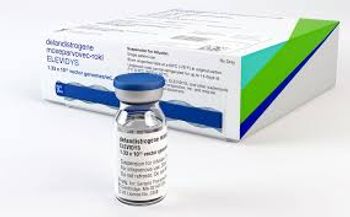
Claims Data Study Reveals Risk Factors in Opioid Use
New report examines opioid-related malpractice claims to identify risk factors, warning signs, and vulnerabilities in pain management.
Ann Lambrecht, RN, BSN, JD, FASHRM, and Sharon Gilmore, MHA, BSN, RN-BC, CPHQ, CPHRM, senior risk specialists at Coverys tell Managed Healthcare Executive ®, that Covery wanted to research practice changes that can improve patient safety while reducing malpractice exposure to opioid-prescribing clinicians.
The report examines five years of closed claims, identifying 165 patient events involving opioids, and offers risk management recommendations for each stage.
According to Lambrecht and Gilmore, the report’s main findings were that providers need a specific plan for every step in the medication process and that Coverys’ claims data demonstrates the significant cost of not following national opioid prescribing guidelines.
More findings show:
- Half of all opioid-related cases involve a high-severity patient injury, including death.
- Forty-one percent of claims cite error in the screening and prescribing stage of the pain management processes, followed by 30% of claims citing the monitoring and management stage.
- Of those claims citing errors in the screening and prescribing stage, over 50% of the patients involved had either psychiatric or substance abuse history.
- The top opioid drugs involved in these events were fentanyl (22%), followed by Dilaudid (19%), Percocet (13%), and morphine (13%).
- Opioids are often prescribed to patients who already have complex medical regimens. The top drugs prescribed with opioids were anti-anxiety (29%), anti-depressant (24%), muscle relaxant (13%), and NSAID medications (13%).
Related:
Opioid events have profound impact on patient outcomes. For example, half of all opioid-related events involve a high severity patient injury, including death. In addition, opioids have caused a profound financial impact of $78.5 billion spent per year, Gilmore and Lambrecht say.
Because of opioids, more than half of all events involve errors in more than one phase of care.
Based on the information in the report, it’s critical that an initial step would be to either perform an opioid medication process self-assessment, which is an assessment to identify exposures existing in an organization.
Briana Contreras is associate editor for Managed Healthcare Executive®.
Newsletter
Get the latest industry news, event updates, and more from Managed healthcare Executive.

















































